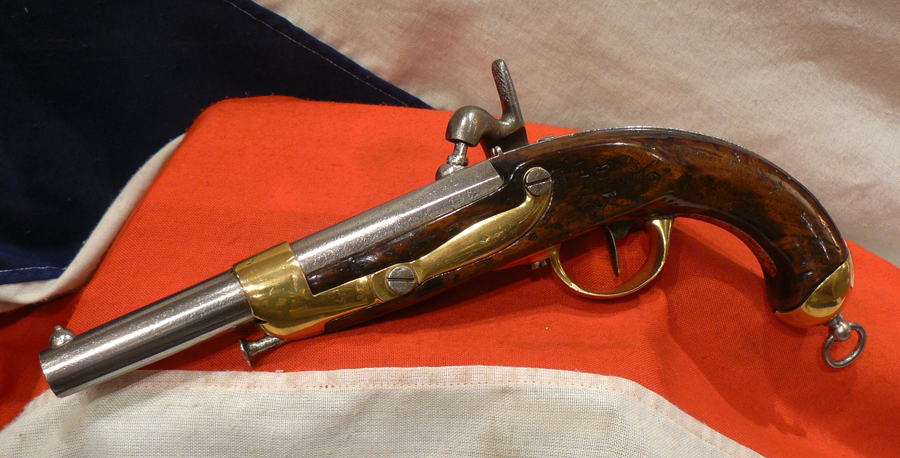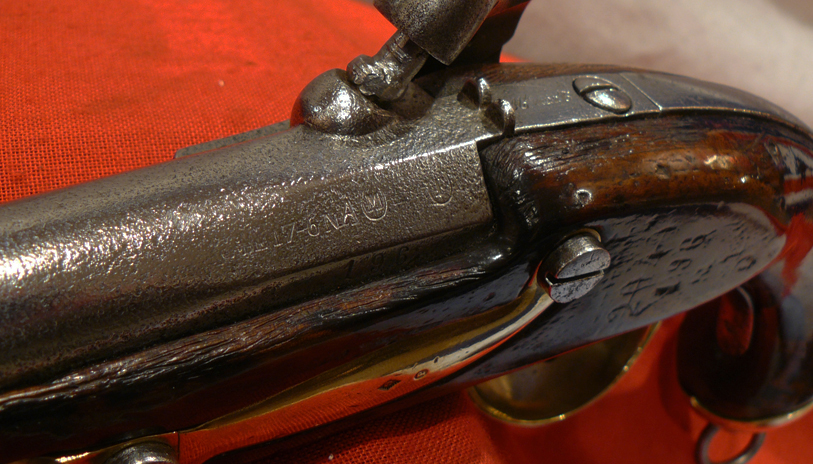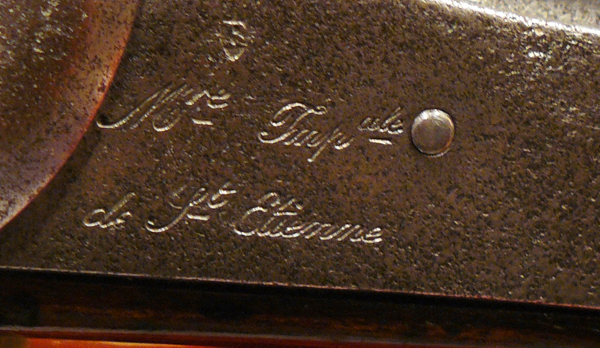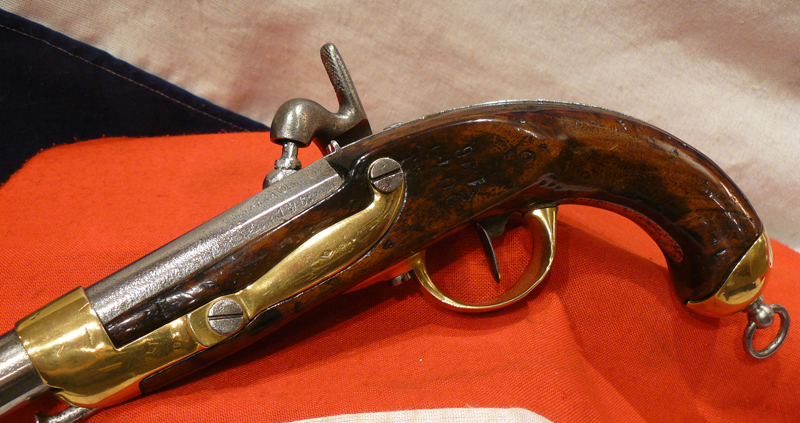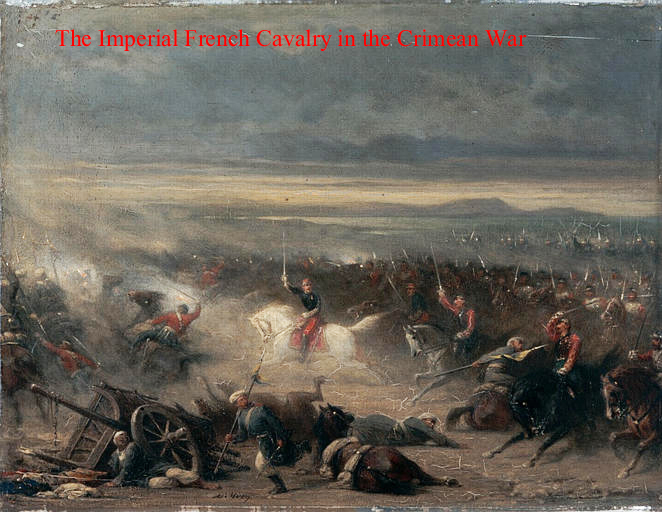A Very Good M.1822 imperial French, Crimean War Period Cuirassier's Pistol Manufactured at the Imperial Arsenal at St Etienne.
.Fully inspector marked throughout, with regimental markings and stock roundel stamp, and dated for the Crimean War. Good tight action, rifled barrel. Many pistols of this type were also imported to the USA during the Civil War. At the time of the Crimean War, the army of the Second Empire was a subscripted army, but was also the most proficient army in Europe. One of the more famous groups were the Zouaves. According to Captain George Brinton McClellan, an American Military Observer, the Zouaves were the "?most reckless, self-reliant, and complete infantry that Europe can produce. With his graceful dress, soldierly bearing, and vigilant attitude, the Zouave at an outpost is the beau ideal of a soldier."
The French army consisted of the Imperial Guard infantry, the line infantry including the Foreign Legion, cavalry, artillery, and engineer troops. Sources suggest that between 45,000 and 100,000 French forces were involved at one time or the other in the Crimea. Service in the French army was for seven years, with re-enlistments in increments of seven years. The Battle of Eupatoria was the most important military engagement of the Crimean War on the Crimean theatre in 1855 outside Sevastopol.
Ottoman forces were being transferred from the Danube front to the Crimean port of Eupatoria and the town was being fortified. Upon direct orders from the Czar who feared a wide-scale Ottoman offensive on the Russian flank, a Russian expeditionary force was formed under General Stepan Khrulev aiming to storm the base with a force variously estimated between 20,000 to 30,000.
Khrulev hoped to take the Ottoman garrison by surprise on February 17, 1855. His intention failed to materialise, as both the Ottoman garrison and the Allied fleet anticipated the attack.
The Russian artillery and infantry attacks were countered by heavy Allied artillery fire. Failing to make progress after three hours and suffering mounting casualties, Khrulev ordered a retreat.
This reverse led to the dismissal of the Russian Commander-in-Chief Aleksandr Sergeyevich Menshikov and probably hastened the death of Nicholas I of Russia, who died several weeks after the battle.
As for the battle's strategic importance, it confirmed that allied total command of the sea would ensure that the threat to the Russian flank would remain for the duration of hostilities. For the allies, possession of Eupatoria meant that the total investment of Sevastopol remained a viable option. For the Russians, they could not afford to commit unlimited resources from their vast army to the Crimea, for fear of a lightning allied thrust from Eupatoria closing the neck of the peninsula at Perekop.
For the Ottomans, their Army had regained its self-esteem and to some extent its reputation; most French and British realised this, although others including the high command would stubbornly refuse to make further use of their fighting abilities in the Crimean theatre. A very nice example of French cavalry percussion pistol (Ref. "French Military Weapons 1717-1938", by James E. Hicks, pp. 81 and 94).
Code: 22352
895.00 GBP


